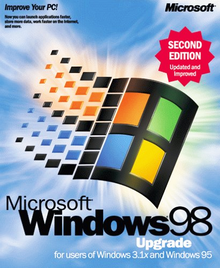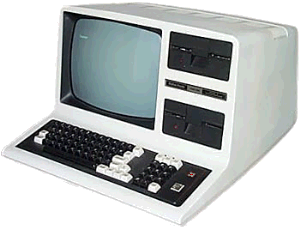May 10, 2001 Trans Atlantic Cable TAT-14 Begins Service
Subscribe! Spotify | RSS | More

2001 – TAT-14, the Transatlantic cable begins commercial service. A dual, bi-directional ring configuration using Dense Wavelength-Division Multiplex (DWDM) – Sixteen wavelengths of STM-64 per fiber pair. It carried 640 Gbps, and connectedGermany, the UK, Denmark, France, and the Netherlands with the US.
Even though there have been a couple failures, TAT-14 is still in service.
Subscribe to Day In Tech History:
RSS Feed - iTunes - Android - Spotify - iHeartRadio
Facebook -
- RSS Bandwidth by Cachefly Get a 14 Day Trial
- Join me on Patreon and support Day in Tech History
- BFS preview is released
- Atari and MCA sign a joint venture

![TAT14[1] TAT-14](https://dayintechhistory.com/wp-content/uploads/2013/05/TAT141-340x250.png)
















